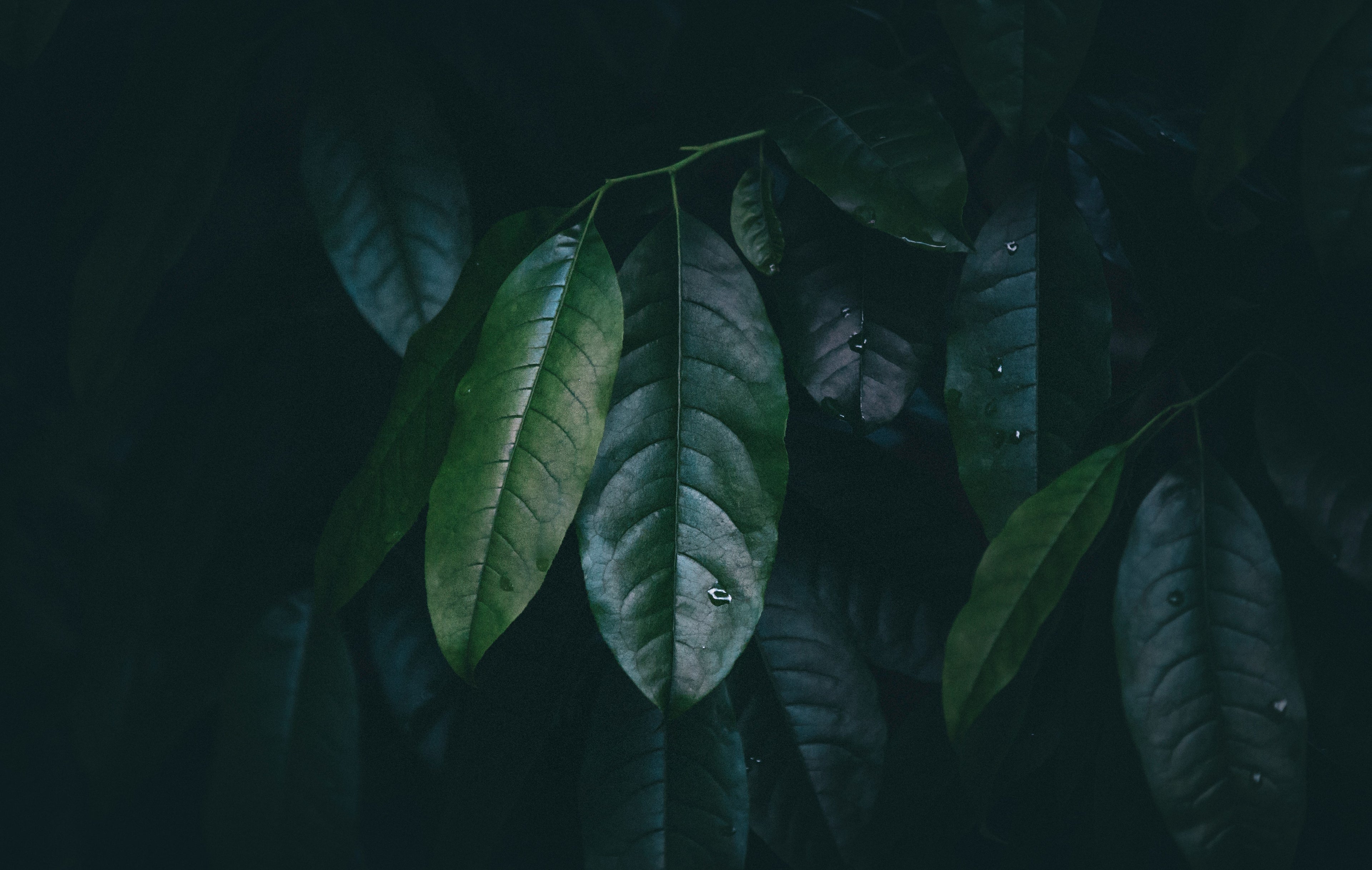

Sustainability at Reclamation
Made better, made smarter
Sustainability
Reclamation started when founder Arya Soni learnt about the major negative impacts of the fashion industry on the planet. Most used fabrics like conventional cotton and polyester, while budget friendly for many, lead to a very high cost to the environment. Polyester is not degradable and can stay in landfills for as long as 200 years, and something like conventional cotton takes an abundance of water and fertilizers to produce.
However, there are so many innovations done in this space globally that help reduce the negative impact of making clothes, and Reclamation aims to bring those innovations to you, so that we can all look good while living responsibly. Read further to know more about our Earth friendly practices and our future commitments.



So what kind of fabrics do you actually use?
We use fabrics created using innovative technologies that reduce the amount of resources used to produce the fabric.
Some of the fabrics we use are:
- TENCEL™ Lyocell
Made from eucalyptus trees grown in certified forests, our TENCEL™ Lyocell fibers are produced using a sustainable closed-loop process. This method recovers and reuses 99% of all non-toxic solvents, significantly minimizing any negative environmental impact.
- Linen
Made from flax seeds, linen has been around for decades and in one of the most naturally sustainable materials. Biodegradable, super durable and long-lasting, linen is one of our favorite materials to work with.
- BEMBERG™ Cupro
Made by Asahi Kasie, Cupro is made from the cotton liner that remains on the cotton balls after the harvest is complete. This part used to be discarded due to its small length, but now, gets dissolved in materials that convert it into cellulose fibers. The cellulose goes through a spinneret, forming new filaments. Much longer ones, that can help us create the soft and silky fabric.
- TENCEL™ Modal
Made from renewable raw material wood, the biobased fibers are manufactured using an environmentally responsible production process, which ensures that the carbon emissions and water consumption of TENCEL™ fibers are at least 50% lower compared to generic modal fibers. The fibers are also compostable and biodegradable, and thus can revert fully back to nature.
Where are your fabrics sourced from, and where are your clothes manufactured?
All our clothes are produced in India, helping us reduce our carbon emissions caused by any international shipping. All our fabrics are also weaved in India, and sourced from certified sellers within the country.
What about the dyeing process?
All our fabrics are also dyed using Azo free dyes, which are chemical free dyes that do not release any harmful substances into the environment. Using Azo-free dyes also ensures that our products are biodegradable and do not contribute to textile waste.
What are your future commitments?
While we have started by using many sustainable fabrics, we are committed to continue our research in this space and finding fabrics that contribute to reducing emissions, make efficient use of energy and reduce water wastage among other environmental goals.

